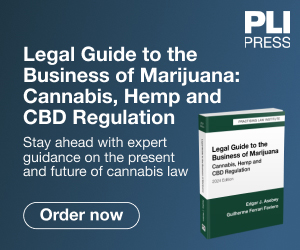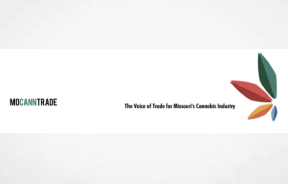As posted to Linked in 2 December 2024
Introduction
Cannabis Safety in California’s Regulated Market 2 California’s legal cannabis industry faces regulatory challenges that affect public health and market stability.
Accurate potency labeling and contamination prevention are critical to consumer safety, yet evidence suggests that the existing regulatory framework falls short. Practices such as “lab shopping,” where cannabis suppliers use testing labs known to report inflated THC levels, undermine consumer trust (Zoorob, 2021; Schwabe et al., 2023).
Contaminants like pesticides and heavy metals and pesticides in the cannabis supply show problems in enforcement efforts (Jameson et al., 2022). These shortcomings pose risks to consumers, especially to medical cannabis users.
These regulatory and enforcement gaps also threaten economic stability by damaging consumer confidence and increasing the potential for legal disputes (Silver et al., 2020). A comprehensive literature review identified three emergent themes: THC inflation, cannabis contamination, and economic and market pressures.
These themes serve as a focal point for the analysis for a more detailed problem exploration. The research question will be explored by examining the Department of Cannabis Control’s (DCC) effectiveness in mitigating risks associated with potency inflation and cannabis contamination and the broader implications for public health, economics, and industry integrity.
The goal is to better understand the current regulatory framework and learn how it can be improved to support a safe, fair, and financially stable cannabis industry.
Research question: Are the regulatory controls and systems in place at the Department of Cannabis Control sufficiently protecting the safety of cannabis consumers, particularly regarding the safety of the cannabis and cannabis products that are being consumed?
Hypothesis: The safety and reliability of cannabis products in California are 3 compromised by insufficient enforcement of contamination standards and economic pressures that incentivize inaccurate THC labeling.
Simply put, regulatory gaps at the DCC allow practices to prioritize market competition over public safety.
1732132131953




















